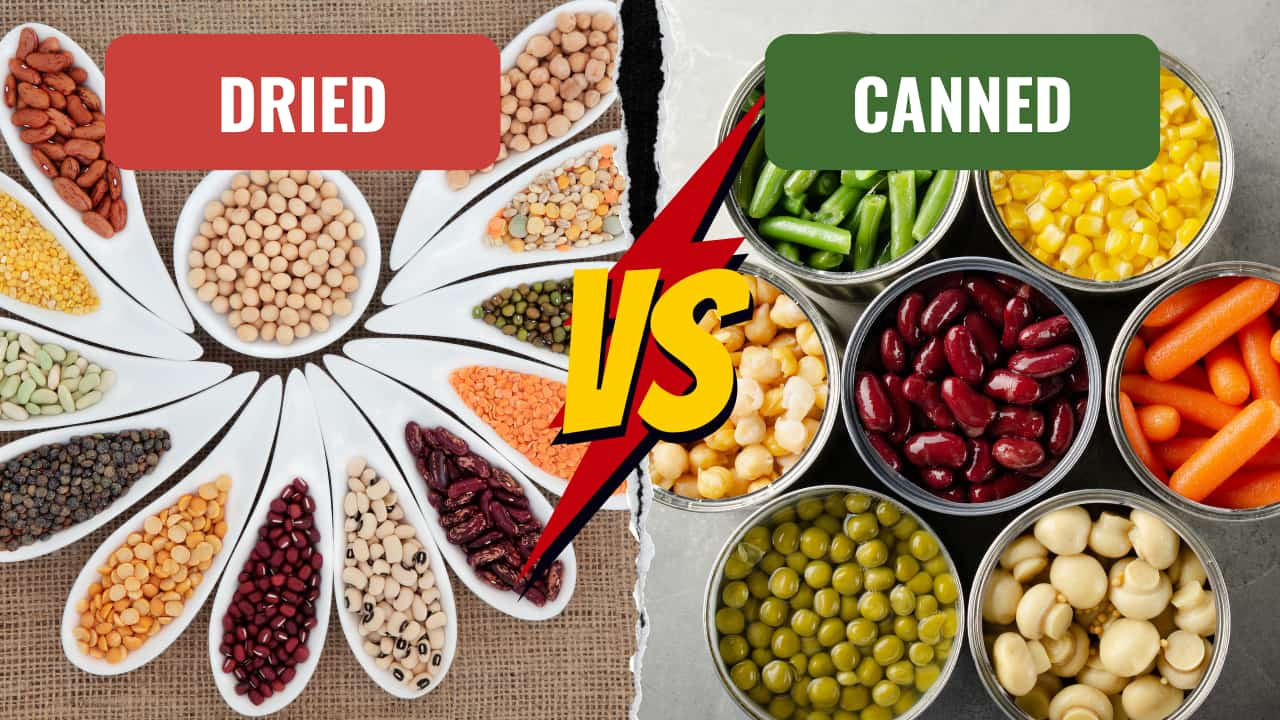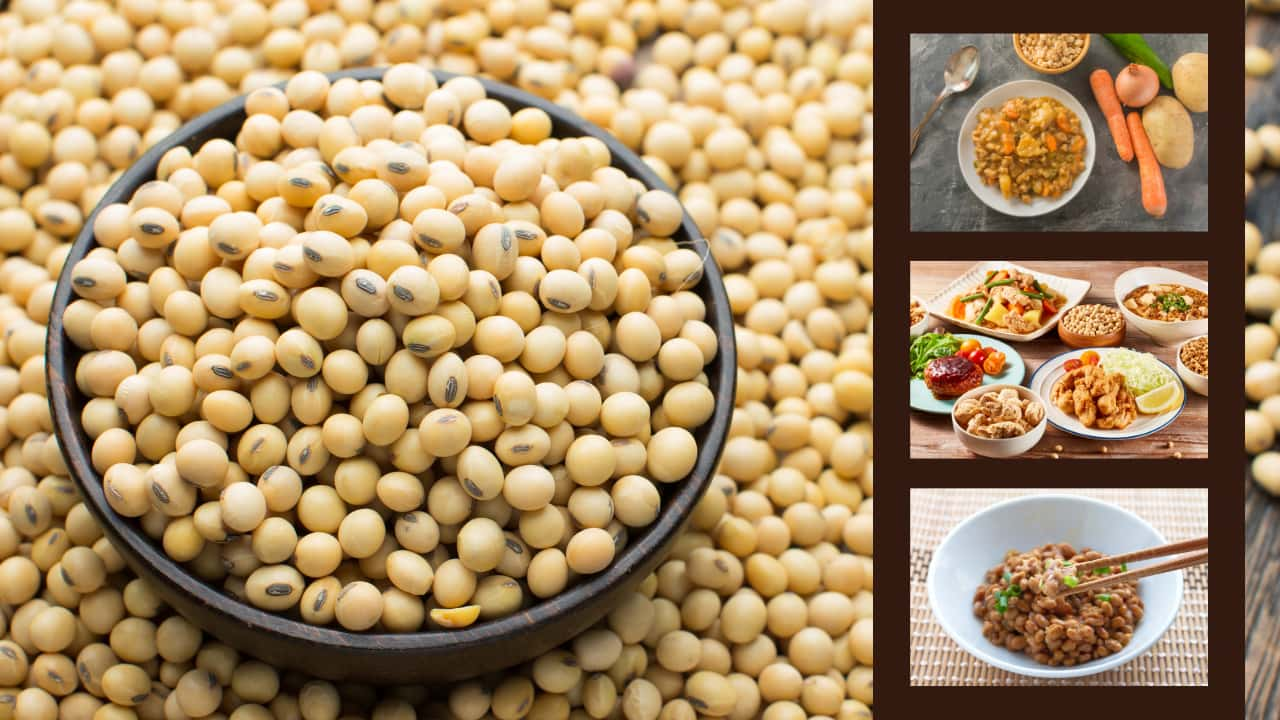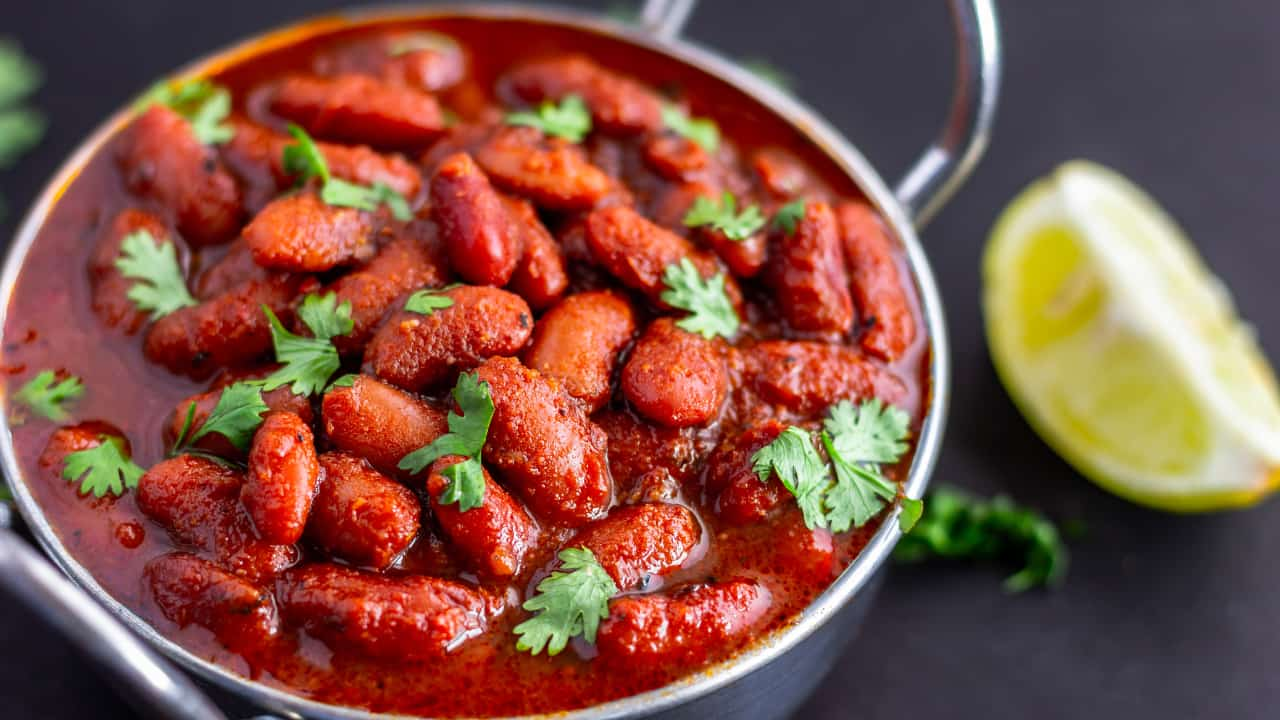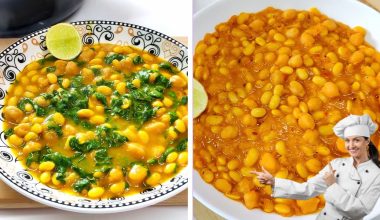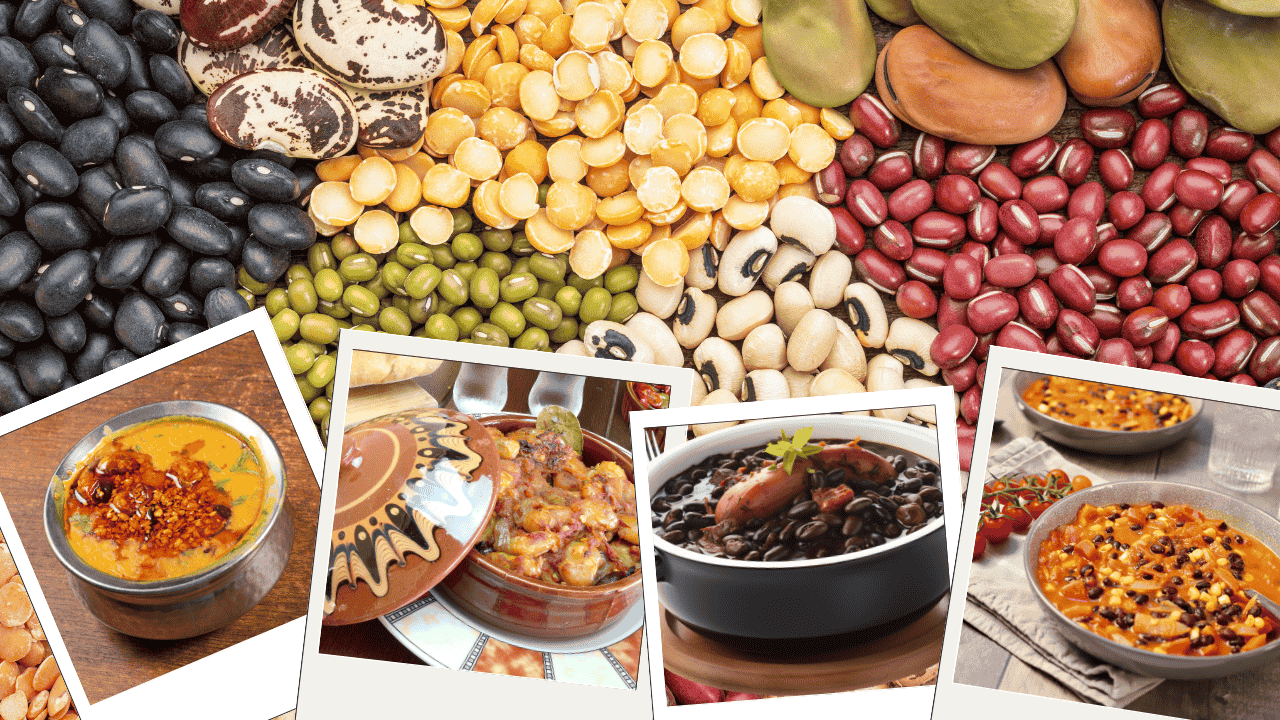Pulses such as beans, chickpeas, and lentils are commonly available either dried or pre-cooked in cans. While canned options may offer convenience and quick solutions, dried beans consistently prove to be the better option across health, taste, cost, and environmental considerations. Let’s delve into why dried beans are the ultimate choice for every kitchen.
Canned beans often undergo high-heat processing to ensure shelf stability.
This process often reduces their natural nutrient content, stripping away some of the vitamins, minerals, and antioxidants found in their dried, organic counterparts. This compromises the nutritional value of the dish, which is carefully designed to be both nourishing and wholesome.
Canned pulses frequently contain preservatives or stabilizers to extend their shelf life.
These additives can affect the overall integrity and purity of the ingredients, making them less ideal for a recipe that prioritizes natural, organic components.
Canned pulses contain high sodium content.
Canned pulses are typically packed in salted water or brine, leading to much higher sodium levels than dried varieties. Canned beans may contain additives like calcium chloride to retain firmness and excessive salt for preservation, both of which can negatively impact your health. With dried beans, you control the preparation, ensuring that every bite is pure and nutrient-rich. Even rinsing canned pulses may not fully eliminate the added sodium.
The process of soaking dried beans before cooking offers several important benefits.
Soaking helps to remove anti-nutrients such as phytic acid, which can interfere with the absorption of essential minerals. It also enhances digestibility by breaking down complex sugars that may cause bloating and flatulence. These benefits, critical to the health-focused aspect of this recipe, are entirely lost when using pre-cooked canned options.
Dried beans offer superior taste and texture
When it comes to flavor, dried beans reign supreme. Cooking them from scratch allows their natural taste to shine, creating a robust and fresher experience in your dishes. Their texture is also more customizable—whether you want them firm for salads or soft for soups, you’re in complete control. Canned beans, on the other hand, often have a metallic undertone and a mushy consistency.
- Uniform Taste: Canned soybeans may lack the robust, natural flavor that freshly cooked organic soybeans bring to a dish.
- Softened Texture: The texture of canned soybeans can be overly soft or mushy, which may not hold up well in a curry where firmer beans are preferred for a hearty, satisfying bite.
Dried beans are more cost effective than canned.
Dried beans are significantly more affordable than their canned counterparts. Buying dried beans in bulk not only reduces your grocery bill but also provides a longer shelf life. One pound of dried beans yields roughly the same amount as three cans, making them a budget-friendly staple for families and meal preppers alike.
Dried beans are a more environmentally friendly choice compared to canned beans.
Choosing dried beans over canned reduces your environmental footprint. Canned beans require energy-intensive production processes and often come in packaging that contributes to landfill waste. Dried beans, typically sold in minimal packaging or bulk bins, are a more sustainable option for eco-conscious consumers.
Cooking with dried beans offers endless versatility.
You can season them during the cooking process to infuse flavors, soak them for various recipes, or use them as a base for countless dishes. Canned beans, pre-cooked and often bland, lack this adaptability.
Cooking with dried beans eliminates the risk of BPA exposure commonly associated with canned foods.
Many canned foods, including beans, are packaged in containers lined with Bisphenol A (BPA), a chemical linked to potential health risks. While BPA-free options exist, they often come at a higher price. With dried beans, you eliminate this concern entirely.
Dried beans can be just as convenient as canned.
One major advantage of canned beans is convenience—they’re ready to use right out of the can. However, dried beans can be just as convenient as canned beans when you embrace batch cooking. This approach allows you to prepare a large quantity of beans at once, saving time and effort in the long run. After soaking and cooking a big batch, you’ll have plenty of ready-to-use beans for various meals.
To make them even more convenient, portion the cooked beans into individual servings using containers or freezer bags, then freeze them. This ensures the beans remain fresh and accessible for quick meal preparation. When needed, you can easily thaw a portion in the refrigerator overnight or quickly defrost them in the microwave or on the stovetop.
Canned beans are less adaptable.
Dried, organic soybeans absorb the spices and flavors of your curry more effectively during cooking, enhancing the dish’s depth. Pre-cooked canned soybeans may not achieve the same level of integration with your seasoning.
Conclusion
Dried beans may require a bit more effort upfront, but their benefits far outweigh the convenience of canned options. From superior taste and nutrition to cost savings and environmental impact, they are the clear winner for health-conscious, budget-friendly, and eco-aware cooking. Make the switch to dried beans today and elevate your culinary creations.

